AP Physics Midterm part 2
1/27
There's no tags or description
Looks like no tags are added yet.
Name | Mastery | Learn | Test | Matching | Spaced |
|---|
No study sessions yet.
28 Terms
The toy car shown in the figure above enters the vertical circular loop with an initial velocity and moves completely around the loop without friction. If the car has no means of self-propulsion, which of the following is true of the car’s acceleration at the instant it is at point P ?
It has components both downward and toward the center of the circle.
An artificial satellite orbits Earth at a speed of 7800 m/s and a height of 200 km above Earth’s surface. The satellite experiences an acceleration due to gravity of
less than 9.8 m/s2 but greater than zero
A meteoroid is in a circular orbit above the surface of a distant planet. The planet has the same mass as Earth but has a radius that is of Earth’s (where Earth’s radius is approximately ).The acceleration of the meteoroid due to the gravitational force exerted by the planet is most nearly
10 m/s² toward the center of the planet
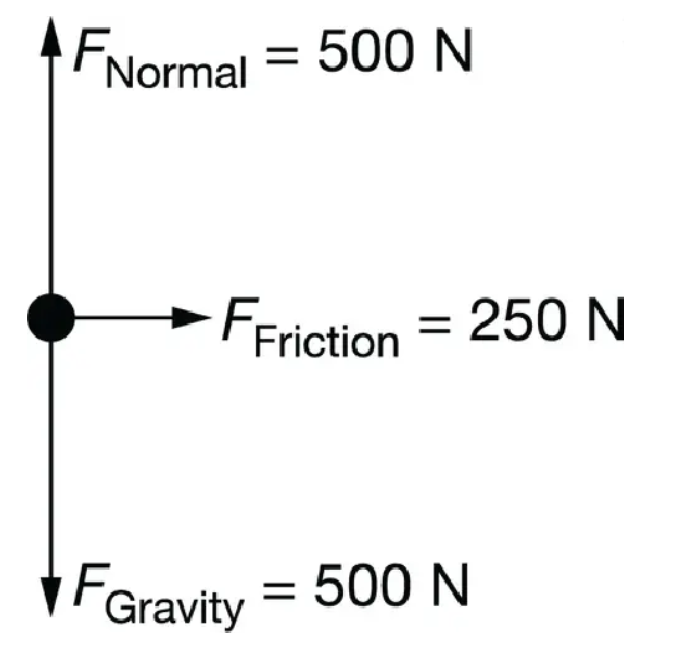
A student rides a bicycle in a circle at a constant speed and constant radius. A force diagram for the student-bicycle system is shown in the figure above. The value for each force is shown in the figure. What is the acceleration of the student-bicycle system?
5 m/s²
An astronaut stands on the surface of an asteroid. The astronaut then jumps such that the astronaut is no longer in contact with the surface. The astronaut falls back down to the surface after a short time interval. Which of the following forces CANNOT be neglected when analyzing the motion of the astronaut?
The gravitational force between the astronaut and the asteroid
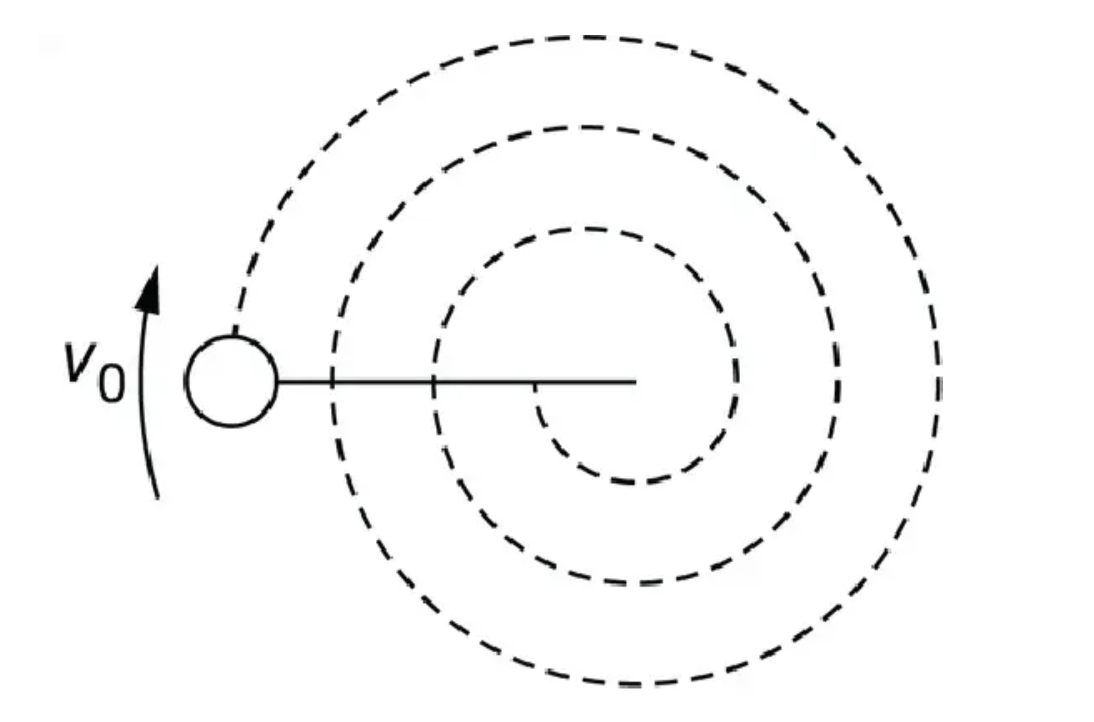
A ball of mass swings in a horizontal circle at the end of a string of radius at a constant tangential speed . A student gradually pulls the string inward such that the radius of the circle decreases while keeping the tangential speed of the ball constant, as shown above. Which of the following graphs best represents the acceleration of the ball as a function of time ?
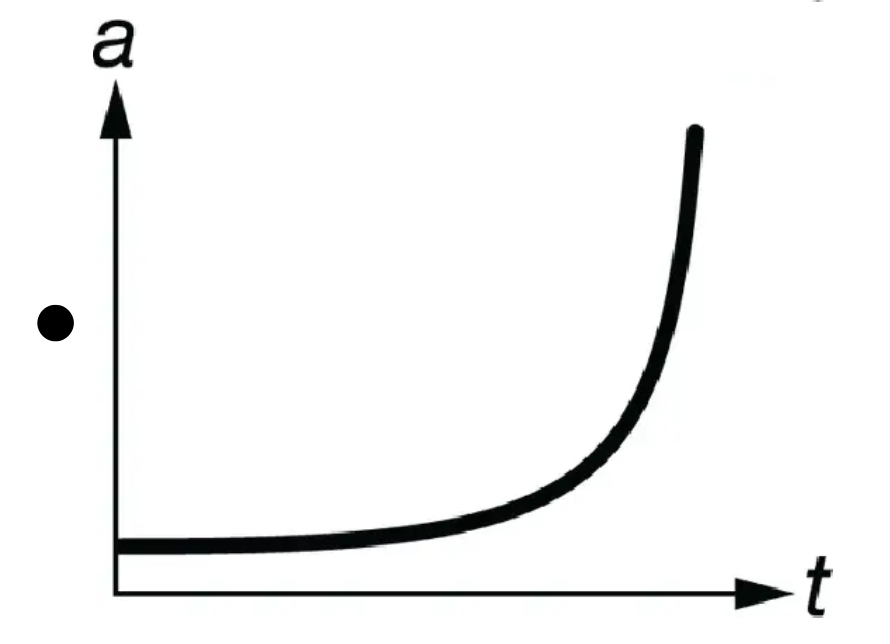
During an experiment, an object is placed on a disk that rotates about an axle through its center, as shown in Figure 1. The disk is a distance from the center and rotates with a constant tangential speed of . Afree body diagram of the forces exerted on the block is shown in Figure 2 with an unknown force of friction. What is the force of friction exerted on the object?
0.72 N
During an experiment, a block of mass is placed on a disk that rotates about an axle through its center, as shown in the diagram. The block is moved to different distances from the axle, and the tangential speed of the block is gradually increased until the mass begins to slip. The distance and maximum tangential speed before slipping, , are recorded. A student creates a graph of as a function of , as shown. How should the student use the graph to most accurately determine the experimental value of the coefficient of static friction between the block and the disk?
Determine the slope of the best fit line and set it equal to UsG.
A cart of mass rolls past the circular bottom of a hill (point ). Which of the following statements about the normal force exerted on the cart at point is correct?
F(n) is greater than at point mg , because the cart is experiencing an upward acceleration.
The figures show a cart moving over the top of a hill (Case 1), moving at the bottom of a dip (Case 2), and movingat the top of a vertical loop (Case 3). In each case, the normal force acting on the car is and the weight of the caris . In which case is it always true that , and in which case is it always true that


20 m/s²

1/16 W

1/n²



The gravitational force exerted from the planet on Moon is eight times larger than the gravitational force exerted from the planet on Moon .

81 F(1)
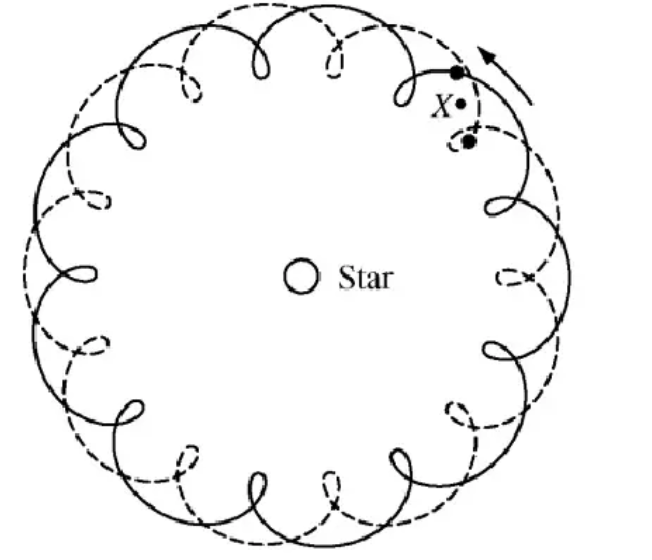
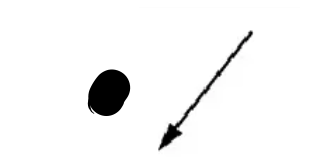

Toward the planet
As the moon orbits the planet from position to position , is the magnitude of the planet’s force due to gravity exerted on the moon constant? Why or why not?
No, because the moon’s distance from the planet is always changing
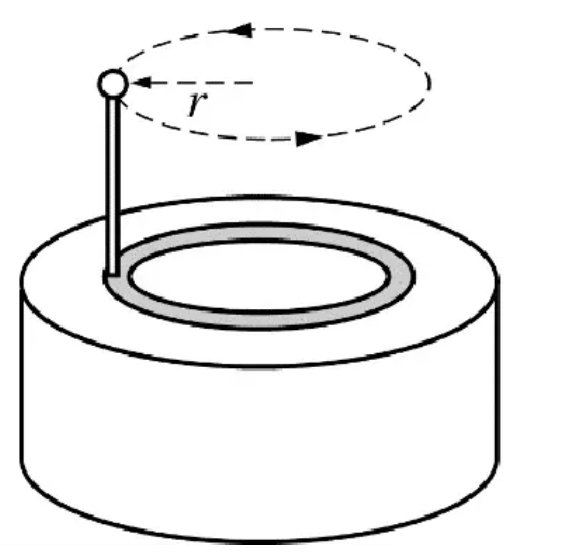


150 m

√2 R

4 N/kg

The increase in mass of the space station has no effect on the field strength, and the increase in orbital radius decreases the field strength.

The force exerted on the astronaut by Earth is equal to the force exerted on Earth by the astronaut.

Yes, because both forces have the same 1/ r 2 dependence.
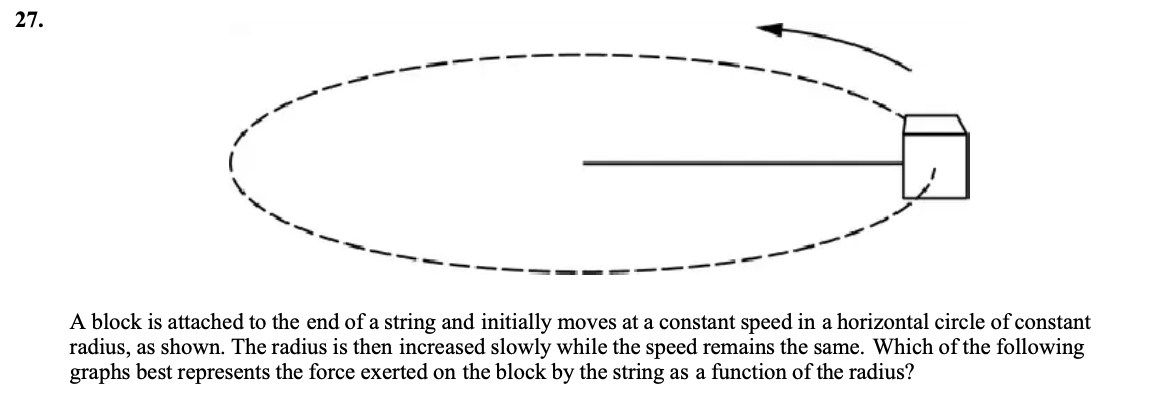
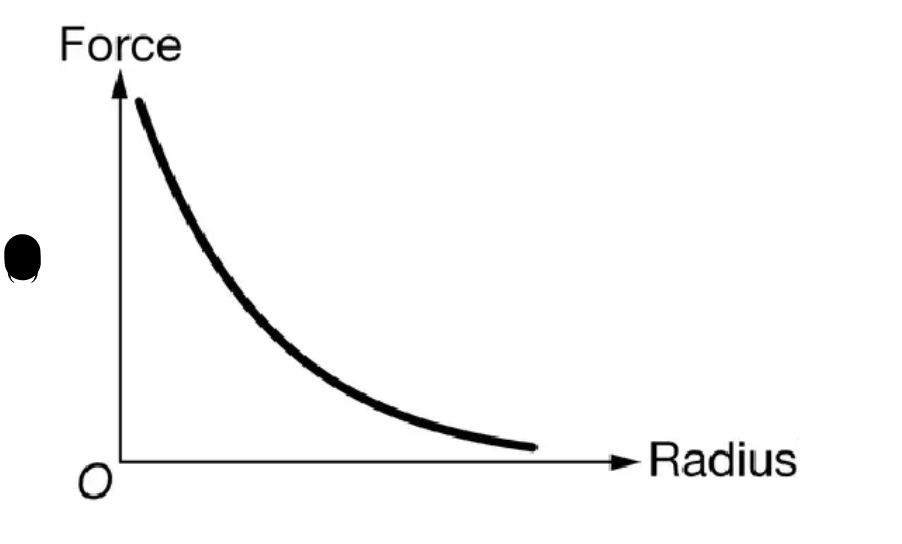

200 N